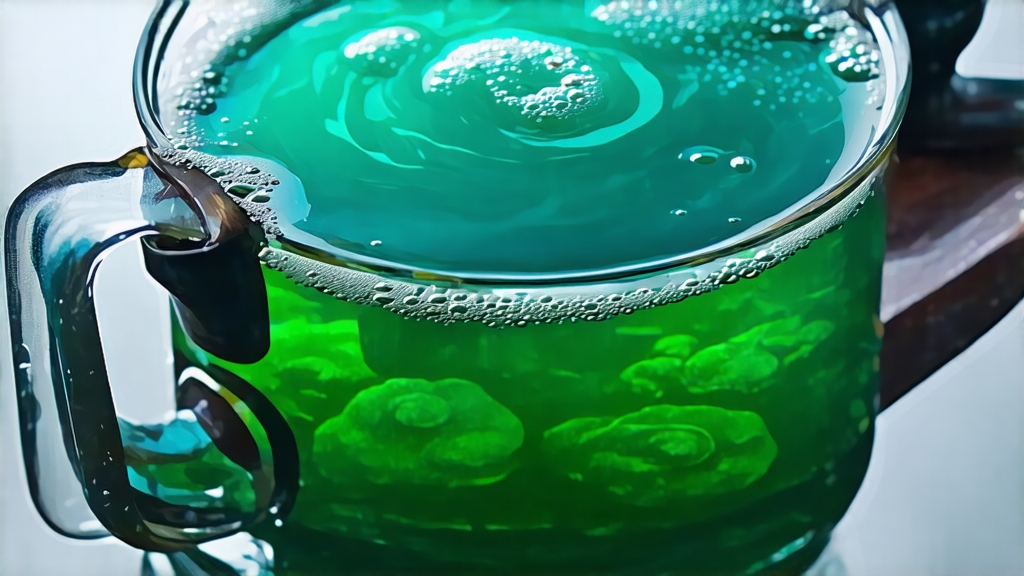
Nestled among the mist-laden hills that cradle China’s vast Taihu Lake, Biluochun—literally “Green Snail Spring”—has enchanted emperors, poets, and modern connoisseurs for more than a thousand years. To the uninitiated, the name evokes an image of tiny jade snails; to the seasoned tea traveler, it promises a cup that captures the fragrance of mountain orchards and the sweetness of lake-cooled air. This essay invites international readers to journey through the history, terroir, craftsmanship, and sensory ritual that elevate Biluochun to the summit of China’s green-tea canon.
Historical whispers trace Biluochun’s birth to the Tang dynasty (618-907 CE), when local monks first fired the leaves in small woks beside Dongting Mountain’s stone temples. Originally called “Xia Sha Ren Xiang”—“Astounding Fragrance”—the tea was so aromatic that farmers claimed even passing butterflies lingered. Legend credits Emperor Kangxi of the Qing dynasty with rechristening it during his 1699 southern tour. While boating on Taihu, the emperor was served an infusion whose curled leaves resembled tiny jade snails; delighted, he penned the name “Biluochun,” fusing “bi” (jade-green), “luo” (spiral shell), and “chun” (spring harvest). Court annals record that the imperial caravan carried thirty catties back to Beijing, sealing the tea’s aristocratic reputation.
Geographically, Biluochun is inseparable from Dongting Mountain, an island peak rising from Taihu Lake in Jiangsu Province. The lake’s vast surface moderates temperature, creating a micro-climate where morning mist lingers until noon, filtering sunlight into a soft, diffused glow. Camellia sinensis bushes, often interplanted with peach, plum, and loquat trees, absorb floral volatiles through their leaves, yielding the cultivar’s hallmark fruity bouquet. Soils are acidic, quartz-rich, and well-drained; roots thread through mineral layers, stockpiling amino acids that translate into brothy sweetness. Only leaves plucked within a 12-kilometer radius of the summit can claim the protected designation “Original Locale Biluochun,” a Chinese GI (Geographical Indication) status akin to Champagne in France.
The cultivar itself is a diminutive, slow-budding strain known locally as “Xiao Ye Zhong” (Small-Leaf Type). Its leaves are unusually tender, containing up to 5.2 % L-theanine and a delicate ratio of catechins to chlorophyll. Because the bushes flush early—often by Grain Rain (mid-April)—pickers must work in predawn darkness to harvest before the sun intensifies enzymatic activity. The standard is ruthless: one open leaf and an unopened bud, no longer than 2.5 cm, constituting what farmers call a “sparrow’s tongue.” A skilled plucker gathers barely 500 grams of fresh leaf in four hours, the first step in a labor chain that will shrink that haul to 100 grams of finished tea.
Craftsmanship begins the moment baskets descend the hillside. Leaves are spread in bamboo trays no thicker than three centimeters, allowing gentle withering under shade cloth for two hours. This primary wither reduces grassy notes and initiates internal sugar conversion. Next comes the kill-green phase, performed in cast-iron woks heated to 180 °C. With bare hands, artisans toss the leaves against the searing metal, a motion called “tui la” that demands wrist flexibility akin to a pizza chef. Forty minutes of high-temperature de-enzymation locks in emerald hue, yet the leaves remain 30 % moist—pliant enough for the defining step: spiral shaping.
Spiral shaping is where Biluochun earns its silhouette. Working in pairs, masters lower the wok temperature to 70 °C and begin the “knead and roll” sequence. One presses a palm-full of leaves against the wok wall while the other circles a hemp cloth pad, coaxing the bud to curl inward. The motion is rhythmic—three clockwise turns, two counter-clockwise, repeated 300 times per batch. Gradually the leaf tightens into a spiral shell, its downy underside becoming visible as a silvery frost. The entire process consumes 45 minutes and reduces moisture to 10 %. A final low-temperature bake at 60 °C for twenty minutes sets the form and develops a toasted chestnut note beneath the fruit aromatics.
Grading follows immediately. State standard GB/T